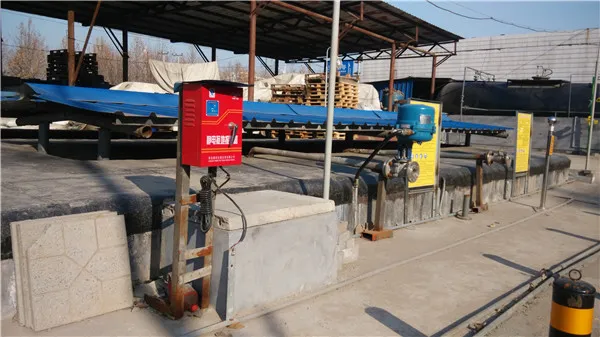Understanding Polyacrylamide Properties, Applications, and Safety
Polyacrylamide (PAM) is a versatile synthetic polymer widely used across various fields, including agriculture, wastewater treatment, and biomedical applications. This article delves into the properties, applications, and safety considerations of polyacrylamide, highlighting its significance in modern technology and environmental management.
Properties of Polyacrylamide
Polyacrylamide is formed by the polymerization of acrylamide monomers. The polymer can exist in several forms, including anionic, cationic, and non-ionic, depending on the chemical groups attached to the polymer backbone. This variety allows for customization based on specific applications. PAM is known for its high molecular weight, which contributes to its ability to absorb water and swell, making it ideal for uses requiring water retention.
Polyacrylamide is soluble in water, which makes it a practical choice for applications where liquid solutions are involved. Its diverse physical and chemical properties enable it to act as a flocculant, thickening agent, and stabilizer, depending on the formulation.
Applications of Polyacrylamide
1. Agriculture and Soil Management In agriculture, polyacrylamide is used to enhance soil properties. It improves water retention in soil, reduces erosion, and promotes better seed germination. By increasing the soil's ability to hold moisture, PAM can help farmers conserve water and improve crop yields, particularly in arid regions.
2. Wastewater Treatment One of the most significant applications of polyacrylamide is in wastewater treatment. PAM acts as a flocculant, aiding in the agglomeration of suspended solids. This process enhances the sedimentation of particles, thereby clarifying wastewater. The use of PAM in this context helps in the efficient removal of contaminants, contributing to cleaner water being released back into the environment.
3. Biomedical Applications In the medical field, polyacrylamide is utilized in various ways, such as drug delivery systems, tissue engineering scaffolds, and as a medium for gel electrophoresis. Its biocompatibility and ability to form hydrogels make PAM suitable for creating environments that can support cell growth and function.
polyacrylamide pdf

4. Cosmetic Industry In cosmetics, PAM is used in formulations as a thickening agent and stabilizer. Its ability to retain moisture helps in creating hydrating products that improve skin texture and appearance, making it a popular ingredient in lotions and creams.
5. Oil and Gas Industry Polyacrylamide is also employed in oil recovery processes. It is used as a mobility control agent, improving oil extraction efficiency by altering the flow characteristics of crude oil in reservoirs.
Safety and Environmental Concerns
While polyacrylamide has numerous beneficial applications, there are safety concerns primarily associated with its monomer, acrylamide, which is classified as a probable human carcinogen. Therefore, it is crucial to handle the raw monomer with care to prevent exposure. However, when PAM is fully polymerized, the risk is significantly reduced, and it is generally considered safe for many applications.
Moreover, environmental concerns regarding the degradation products of PAM in aquatic systems have prompted research into its long-term impact. Studies suggest that PAM can biodegrade, but its breakdown products must be monitored to ensure they do not pose ecological risks.
Conclusion
Polyacrylamide is a remarkable synthetic polymer with a diverse range of applications that significantly contribute to agriculture, environmental management, and medical advancements. Its ability to improve soil properties, treat wastewater effectively, and serve in various biomedical applications showcases its utility. However, safety considerations surrounding its constituent monomer warrant careful handling and application practices. As research continues, the development of safer and more environmentally friendly formulations will enhance the sustainability of polyacrylamide's use across industries, ensuring that its benefits can be harnessed without compromising health or ecological integrity.
In summary, understanding the properties and applications of polyacrylamide not only highlights its importance in modern society but also underscores the necessity of responsible usage and further research to mitigate any potential risks associated with its use.

